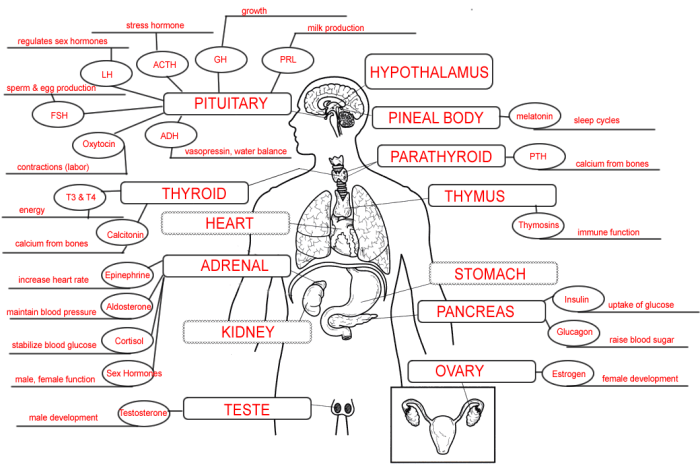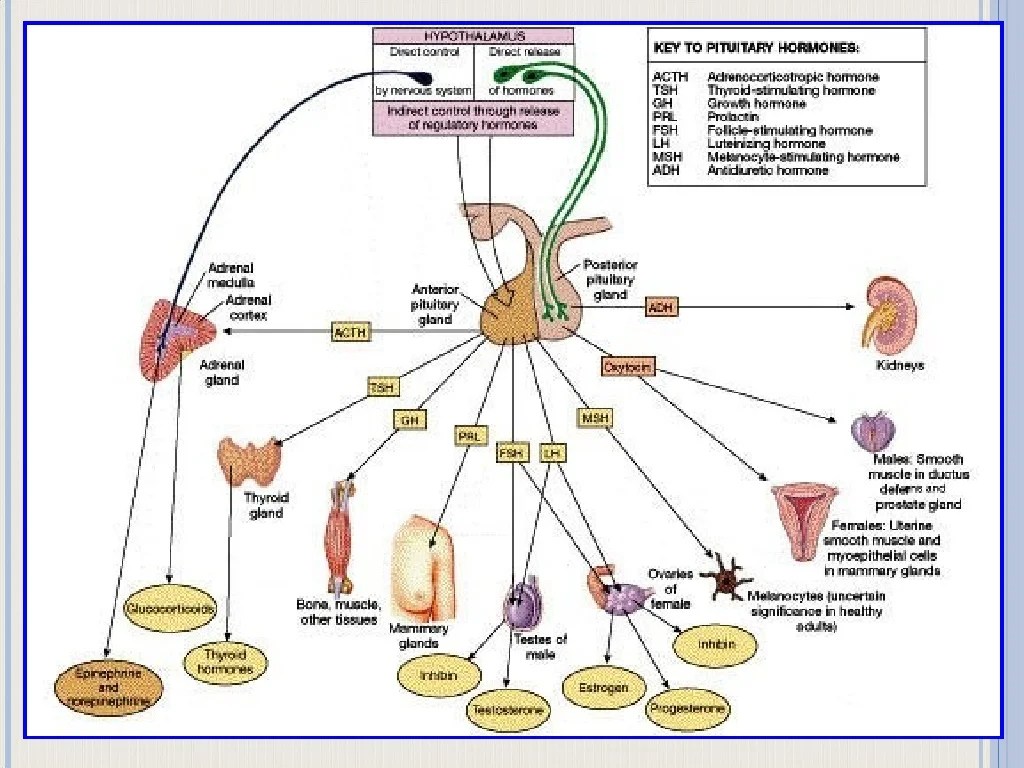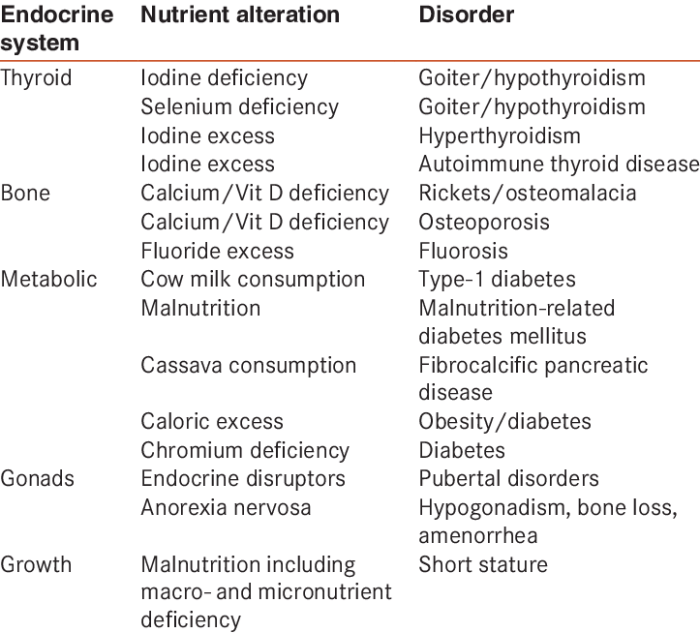Introducing the endocrine diseases and disorders worksheet, an invaluable resource for understanding the intricacies of endocrine health. This comprehensive guide delves into the functions of the endocrine system, explores common endocrine diseases and disorders, and provides insights into diagnostic procedures, treatment options, prevention, and management strategies.
The endocrine system, composed of glands that secrete hormones, plays a pivotal role in regulating various bodily processes. This worksheet unravels the complex interplay between hormones and their impact on our overall well-being.
Endocrine System Overview
The endocrine system is a network of glands that secrete hormones into the bloodstream. Hormones are chemical messengers that regulate various bodily processes, including metabolism, growth, reproduction, and mood.
Major endocrine glands include the pituitary gland, thyroid gland, parathyroid glands, adrenal glands, and pancreas.
Hormones play a crucial role in maintaining homeostasis by controlling physiological processes such as blood sugar levels, electrolyte balance, and body temperature.
Common Endocrine Diseases and Disorders

| Disease Name | Symptoms | Causes | Treatment Options |
|---|---|---|---|
| Diabetes | Increased thirst, frequent urination, unexplained weight loss, fatigue | Impaired insulin production or insulin resistance | Insulin therapy, oral medications, lifestyle modifications |
| Thyroid Disorders | Weight gain or loss, fatigue, mood changes, hair loss | Overproduction or underproduction of thyroid hormones | Thyroid hormone replacement, anti-thyroid medications, radioactive iodine therapy |
| Pituitary Disorders | Growth disorders, menstrual irregularities, infertility, hormonal imbalances | Tumors, inflammation, or genetic defects | Hormone replacement therapy, surgery, radiation therapy |
Diagnostic Procedures for Endocrine Disorders

Diagnostic tests for endocrine disorders include:
- Blood tests:Measure hormone levels, electrolyte levels, and other markers
- Imaging scans:Ultrasound, CT scans, and MRI scans to visualize glands and detect abnormalities
- Biopsies:Removal of tissue samples for examination under a microscope
Specific tests used depend on the suspected endocrine condition.
Treatment Options for Endocrine Disorders: Endocrine Diseases And Disorders Worksheet

| Treatment Type | Medications | Lifestyle Modifications | Surgical Interventions |
|---|---|---|---|
| Diabetes | Insulin, oral hypoglycemic agents | Diet, exercise, weight management | Pancreas transplant |
| Thyroid Disorders | Thyroid hormone replacement, anti-thyroid medications | Dietary changes, avoiding certain foods | Thyroidectomy |
| Pituitary Disorders | Hormone replacement therapy | Weight management, stress reduction | Transsphenoidal surgery, pituitary adenoma resection |
Prevention and Management of Endocrine Disorders

Preventive measures include:
- Maintaining a healthy weight
- Regular exercise
- Balanced diet
- Stress management
Management of endocrine disorders involves:
- Adhering to treatment plans
- Regular checkups and monitoring
- Lifestyle modifications
Case Studies of Endocrine Disorders
Case Study 1: Diabetes
A 45-year-old male presented with increased thirst, frequent urination, and unexplained weight loss. Blood tests confirmed high blood sugar levels, and he was diagnosed with type 2 diabetes. Treatment involved insulin therapy, oral medications, and lifestyle modifications.
Case Study 2: Thyroid Disorder
A 25-year-old female complained of fatigue, weight gain, and hair loss. Thyroid function tests revealed hypothyroidism, and she was prescribed thyroid hormone replacement therapy. Her symptoms gradually improved with treatment.
Popular Questions
What are the most common endocrine disorders?
Diabetes, thyroid disorders, and pituitary disorders are among the most prevalent endocrine conditions.
How are endocrine disorders diagnosed?
Diagnostic tests include blood tests, imaging scans, and biopsies, which help identify hormone imbalances or structural abnormalities.
What are the treatment options for endocrine disorders?
Treatment approaches vary depending on the disorder and may include medications, lifestyle modifications, and surgical interventions.